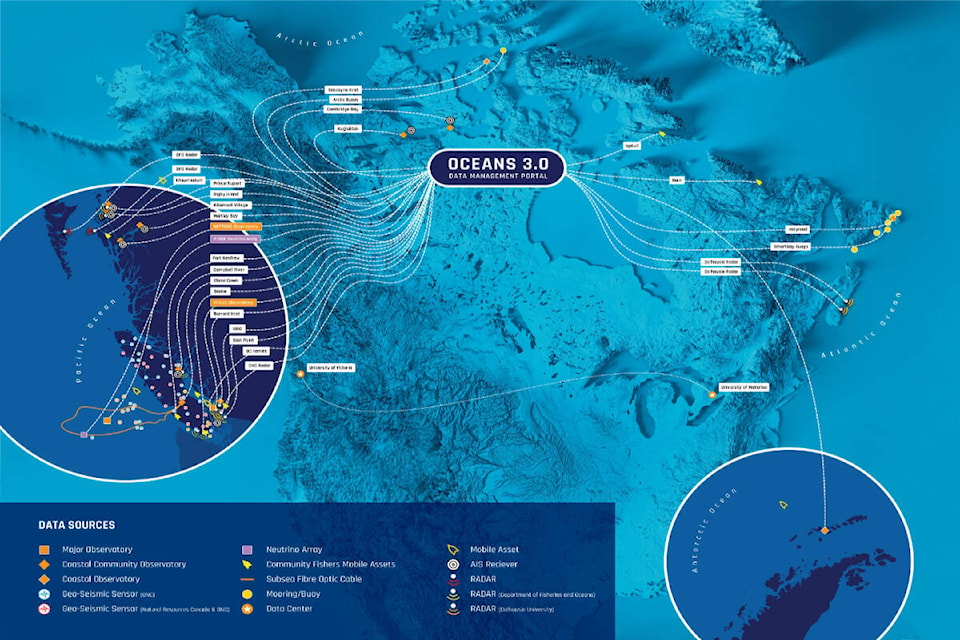Sub-sea observatories deployed as deep as 2.7 kilometres under the ocean’s surface were triggered by the Aurora Borealis on Friday, May 10.
The findings were discovered by Ocean Networks Canada (ONC), a University of Victoria (UVIC) initiative after compasses deep in the ocean were activated.
“The reach of these data recordings kilometres under the ocean surface highlights the magnitude of the solar flare over the past weekend,” says Kate Moran, ONC president and chief executive officer.
These solar storm magnetic disturbances were discovered during data quality control checks. ONC primarily uses compasses to orient its instruments, which measure ocean currents.

“I looked into whether it was potentially an earthquake, but that didn’t make a lot of sense because the changes in the data were lasting for too long and concurrently at different locations,” Alex Slonimer, a scientific data specialist at ONC, said. “Then, I looked into whether it was a solar flare as the sun has been active recently.”
This past weekend’s much larger solar event reinforced the observation, Sionmier said, with the peaks in the compass headings closely correlated to the peaks in the visible activity in the aurora.
ONC operates observatories in the deep ocean coastal waters of the Pacific, Atlantic, and Arctic coasts of Canada and the Southern Ocean.
The cabled observatories supply continuous power and internet connectivity to scientific instruments, cameras and 12,000-plus ocean sensors.
Justin Albert, professor of physics with UVic’s Department of Physics and Astronomy, welcomes the new subsea geomagnetic detections.
“ONC’s network might provide a very helpful additional window into the effects of solar activity on the Earth’s terrestrial magnetism,” Albert said.
READ MORE: Filming wraps up at Colwood castle for movie starring Harvey Keitel
